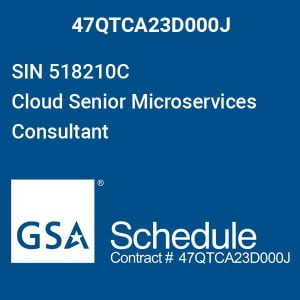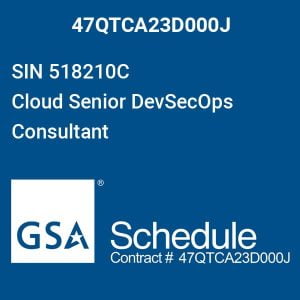
AIR FORCE SOFTWARE MICROSERVICES AGILE SOFTWARE DEVELOPMENT
Air Force DevSecOps is a key modernization enabler for rapid evolution and innovation capabilities.
- Analyze business requirements to fully understand the capabilities of the system with microservices lens
- Analyze source code, databases, and deployment environments to identify opportunities for decoupling / slicing into various layers
- Report on the findings and provide two or three proposed microservices approaches
- Implement approved cloud platform, software factory build specification, and microservices plan
As a result, this Air Force DevSecOps approach will save the Department of the Air Force significant time and resources. Decoupling various applications like presentation layer, business layer and database layer, etc… is compliant with Microservices, DevOps and allows cloud scale-ability and fault tolerance.
Cloud Computing Technologies
AIR FORCE DEVSECOPS AGILE SOFTWARE DEVELOPMENT
We will follow MVD (Minimum Viable Deliverable) concept. The final product will be divided into multiple MVDs, each MVD will go through the similar process with each sprint.
- Developers develop code in software factory development environment. They will be responsible of code at this phase.
- Microservices Code will be migrated into test environment where testers will test the code and report any issue to developers. Developers will be responsible for code remediation at this phase.
- After agile software development code is fully tested it will be migrated into production. For code burn-in period (one month) from the migration day, developers will be responsible for troubleshooting the code and fixing any issues.
- If no major issue are reported for 2 sprints (~1 month), the product will be considered baseline and migrated to Air Force DevSecOps support team.





